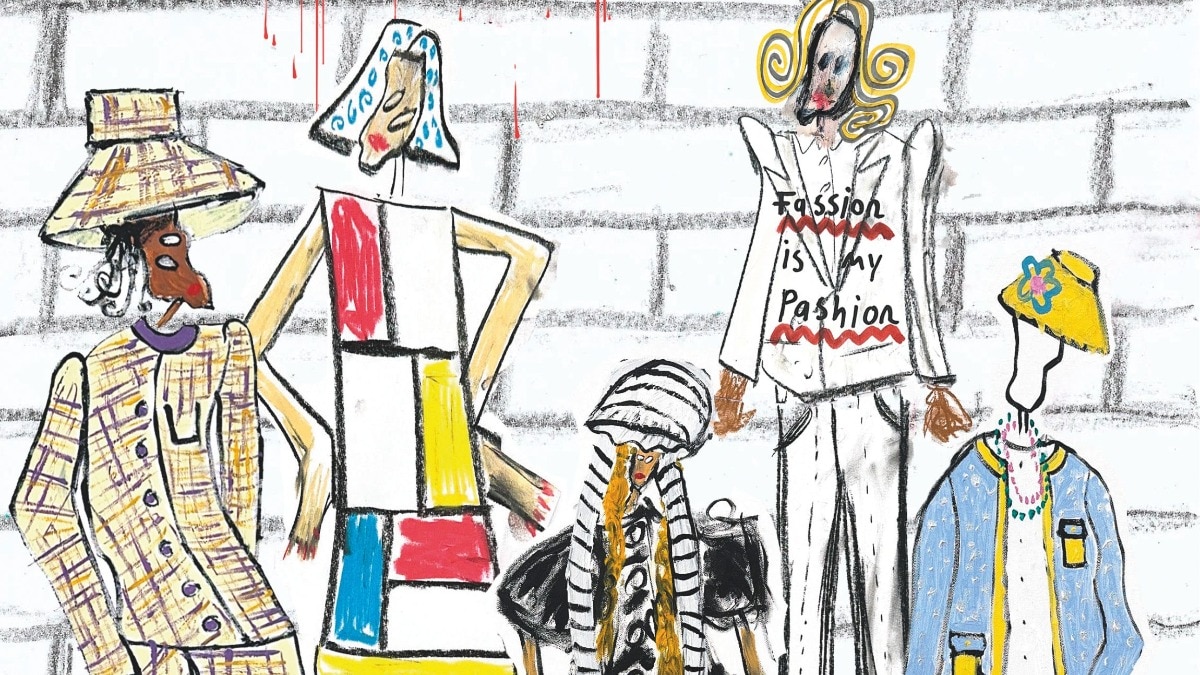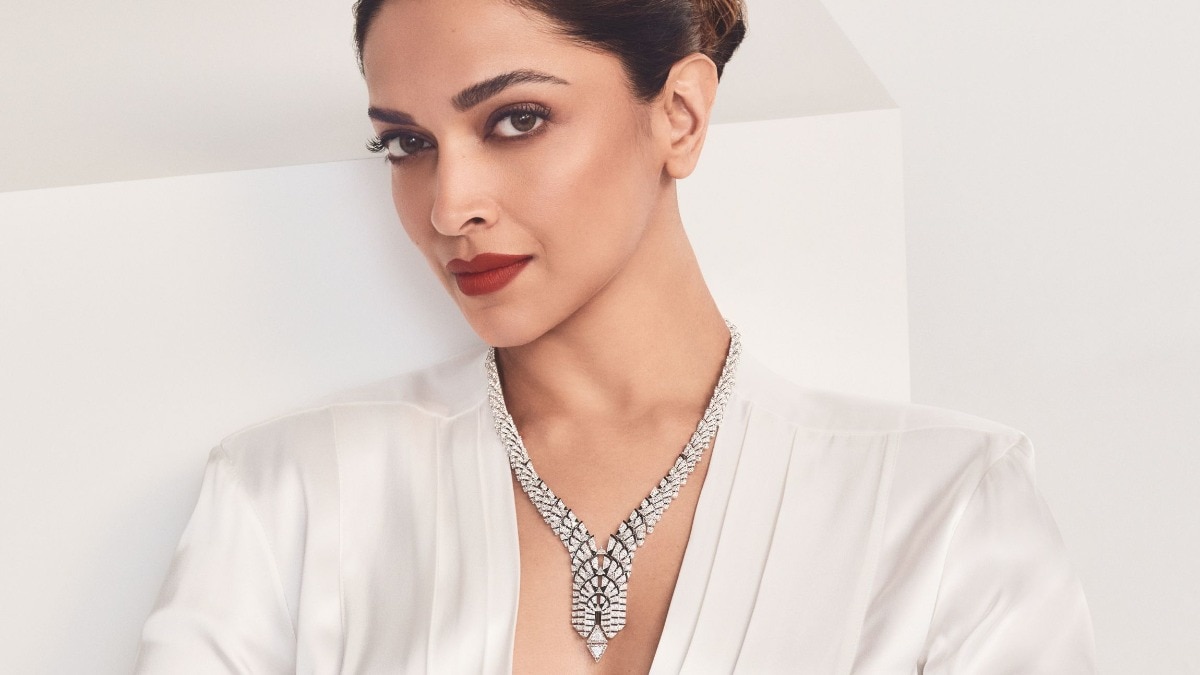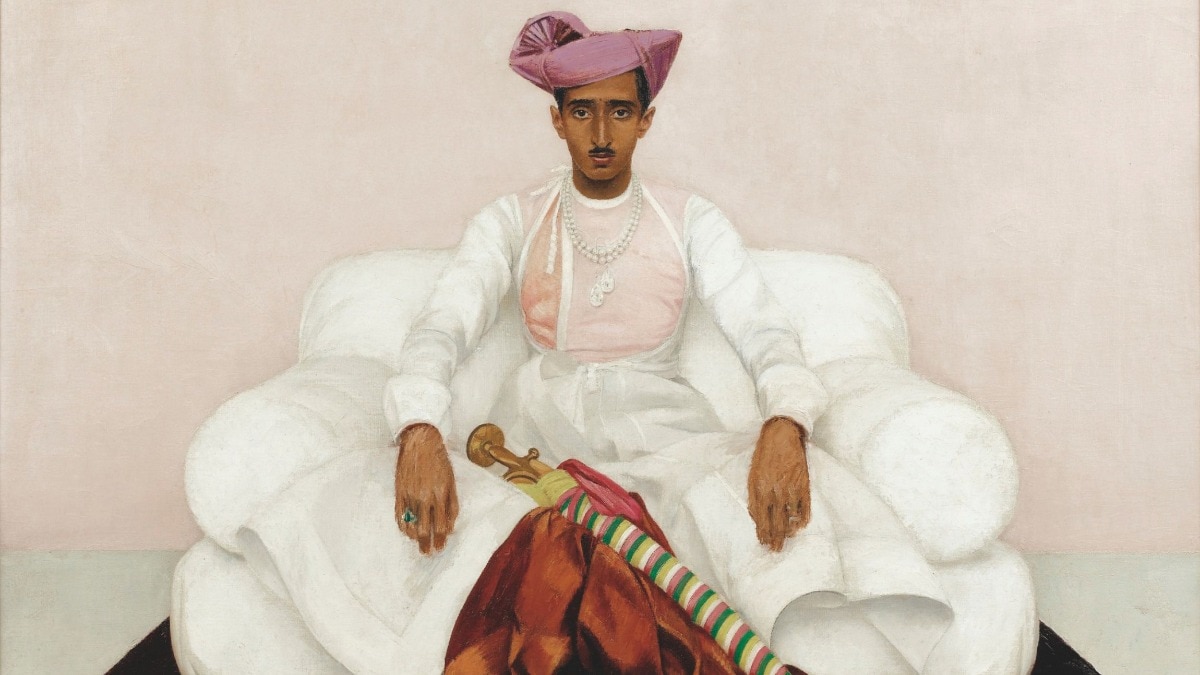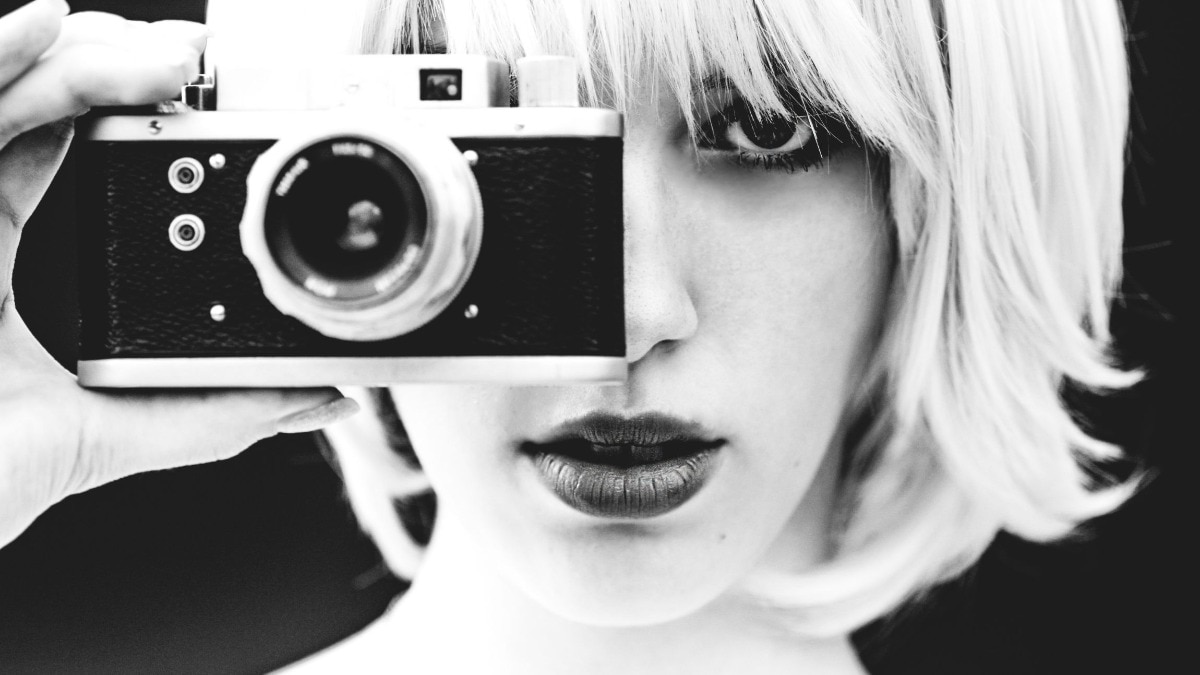NYFW SS23 highlights: Of metaverse, NFTs, sustainability, Rihanna inspired street style, K-pop idol Jeno, and more
Inside—everything you need to know about fashion’s big return post-pandemic to the New York Fashion Week


Fashion’s fierce physical resurgence at the recently concluded fashion week at the ‘Big Apple’ helped me, in an oddly emphatic way, return to my own empire state of mind briefly, despite the memory of lockdown and tragedies the world has endured, and in some measure, continues to. Not surprising then that Coach’s British creative director, Stuart Vevers in an interview with Business of Fashion spoke of ushering in an era of “expressive luxury” in place of “accessible luxury” before the cinematic build up and roll out of the SS23 collection at the Park Avenue Armory, on Manhattan’s Upper East Side, last week. What you wear, how you wear it, and why you gravitate towards it naturally reflects mood, timelines of function and quiet dysfunction, utopia, dystopia, and the ambitious titular claim you must have to a designer you have loved.
If the spring/summer 2023 Scandi brands outing at the Copenhagen Fashion Week last month gave a nod to nineties, metallic, partywear, bold colour blocking, tassels, romantic sunset shades, and draped dresses, while committing to the industry’s pledge towards becoming greener, NYFW SS 2023 made bold ‘the future is now’ choices. Tommy Hilfiger in his fall/winter collection during the fashion week became the first designer to allow all 1,200 guests (that included the likes of Kate Moss, Kourtney Kardashian, Shawn Mendes and others) to mint a free NFT on site with Web3 entertainment Launchpad, Rove. Featuring a moving image of Tommy Hilfiger taking a Polaroid in classic Warhol colour-blocked style, the NFT post authentication was directly added to the users newly created mobile wallet.
German brand Puma returned to NYFW after 2017 (when it collaborated with Rihanna) with an immersive runway show appropriately called 'Futrograde', that brought together past, present and future, with instant access to Black Station—an exclusive portal that not only synchronised the show IRL but will continue to have experiences and activations that sneakerheads can visit throughout the year. How did the integration work? People who had bought Puma’s Nitropass NFT could ‘burn’ their token on September 16 in exchange for one of two ‘real-world’ sneakers. This made 2,000 pairs of PUMA Nitro NFRNO and Fastroid redeemable at the interactive lookbook platform it launched. Designer Vivienne Tam partnered with Gemini’s Awkward Astronauts, Bored Ape Yacht Club and CyberKongz, where she worked with NFT holders who licensed the images to the designer and her team.
Another designer who made a bid for future play sans any affiliation to blockchain was Delhi-based Kanika Goyal, who presented her collection, Starseed, replete with bright pops of summer appropriate colour, fantastical alliance of the cosmos, and repurposed fabric.
With increasing emphasis on meeting sustainable development goals that support circular fashion economy, the intent is clearly all there. Take for instance, Uruguayan-born designer—Gabriela Hearst—widely popular for her sustainable manufacturing practices who made one-third of her spring/summer collection from deadstock fabrics, included knitwear by a group of female artisans from Uruguay, shoe soles that were largely biodergradable, and had gold-foil knitted dresses that were eco-certified. Weaving female empowerment into her brand's DNA, Hearst cast a diverse group of friends, from the former president of Planned Parenthood, Cecile Richards, young climate-activist Xiye Bastida, to anti-toxic shock syndrome advocate, Lauren Wasser.
Collina Strada on the other hand included two footwear capsules from sustainable brands. Korean designers upped the green ante with Isu Group and sustainable fashion brand Ulkin collaborating to come up with ‘Magnet Fishing’ collection, inspired by fishing and camping, that debuted bags made of upcycled protection net used at construction sites.
The needle of contention for eco-warriors at the fashion week—British fast-fashion retailer Boohoo showing up with a questionable sustainable collaboration with Kourtney Kardashian.
Memorable celeb fashion moment came in the form of Fendi’s 25th anniversary celebration of the iconic baguette when Kate Moss, Kim Kardashian and Sarah Jessica Parker gave front-row major shutter bug moments. And if you thought that was a classic for keeps, current and worldwide K-pop sensations made their NYFW debut. NCT’s rapper and singer, Jeno, opened the show for Vietnamese designer Peter Do in a deconstructed black suit. Others on the list at the fashionable week that’s gone by—Doja Cat at Bronx & Banco, Karlie Kloss and Emily Ratajkowski at Proenza Schouler, Kate Beckinsale at Naeem Khan, Janet Jackson and Alicia Silverstone at Christian Siriano. Off the runway was a whole mood with ‘baby bump street style’ inspired by Rihanna a hard look to swipe by.
The chatter around futuristic tech inroads, inclusivity, sustainability, and celebrities may have dominated pure fashion, however, there were some noteworthy trends and styles that were easily distinguishable at fashion week. Altuzarra, Luar, Tia Adeola, Priscavera made it evident that belly button windows or tummy curtains were go-to styles that were not going anywhere, blow-up capes came a close second thanks to Prabal Gurung, Marni and Mia Vesper. Lots of skin and nips was celebrated with Area, No Sesso, Collina Strada, Elena Velez and Maryam Nassir Zadeh amongst others making it a life-force at their collections. Other styles like bubble hem, high-low hemlines, and peplum waists were seen on plenty. As far as choice of colour went, lime green was trending at Dion Lee, Fendi, Studio 189, Aliette, Michael Kors, Tory Burch, Priscavera, Kim Shui, and Theophilio to Altuzarra, while tangerine came a close second thanks to Marni, Ph5, Private Policy, Dion Lee, LaPointe, Deveaux and a bunch of other designers gravitating towards it.
A week of headlines and major moments, it does coax the veritable question—how much innovation came out of the runway at the end of the week?
Lead Image: (Left to Right) Prabal Gurung, Gabriela Hearst, Area, Collina Strada










